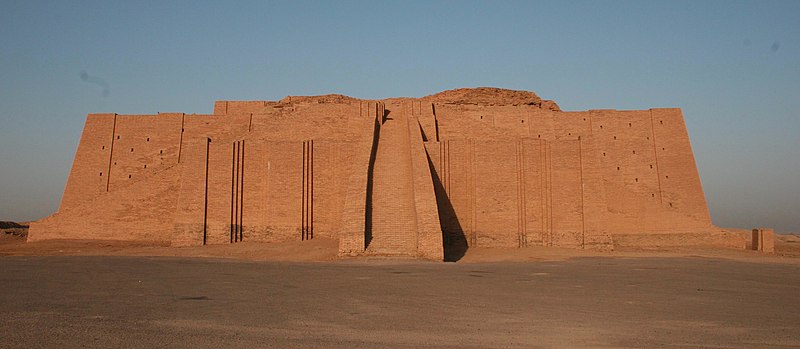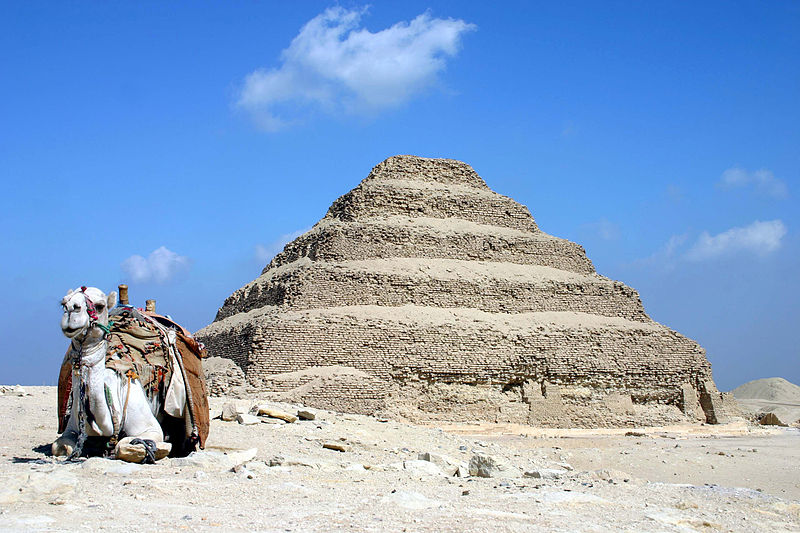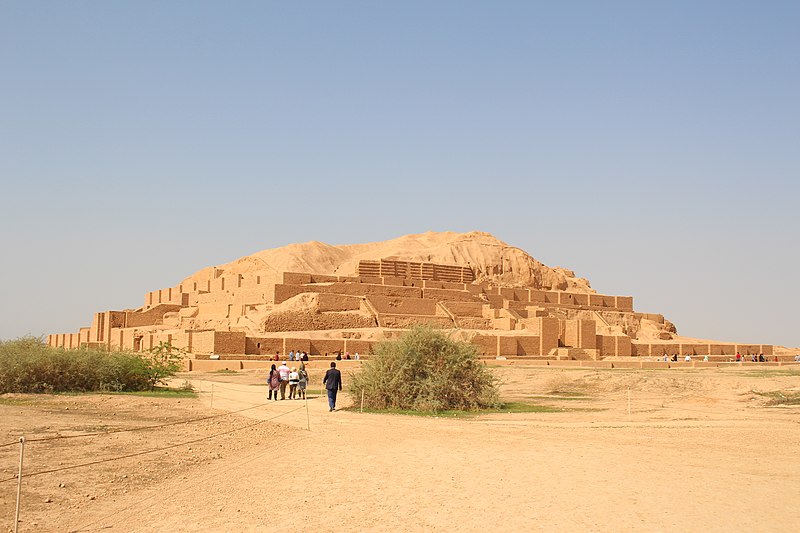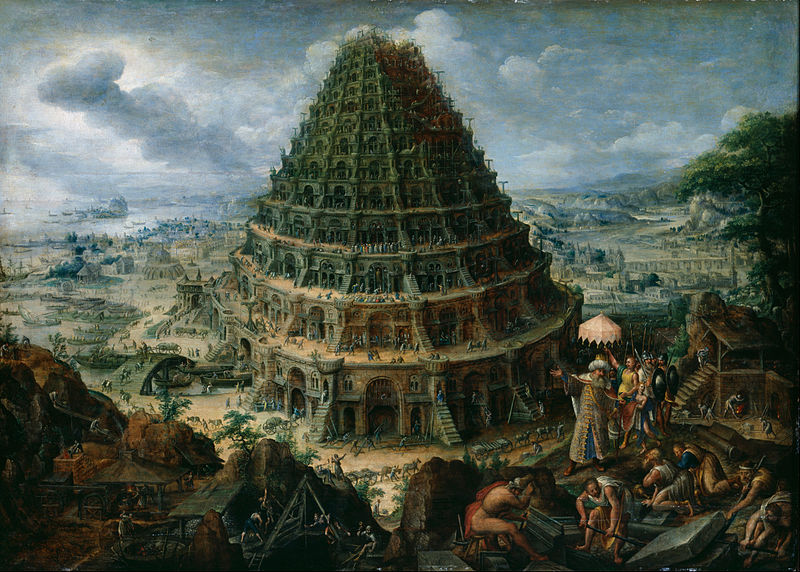No one yet has excavated any ruins of the tower of Babel, so we don’t have any physical evidence of what it looked like. But, pretty much consensus view is that it was a tall ziggurat.
“The biblical account of the Tower of Babel has been associated by modern scholars to the massive construction undertakings of the ziggurats of Mesopotamia”
https://en.wikipedia.org/wiki/Ziggurat
Of course, we have examples of ziggurats all across the Mesopotamian region.
“Ziggurats were built by ancient Sumerians, Akkadians, Elamites, Eblaites and Babylonians for local religions.”
https://en.wikipedia.org/wiki/Ziggurat
Ziggurats were centers of worship and religious rites were performed there.
“The Sumerians believed that the Gods lived in the temple at the top of the Ziggurats, so only priests and other highly respected individuals could enter. Society offered them many things such as music, harvest, and creating devotional statues to leave in the temple.”
https://en.wikipedia.org/wiki/Ziggurat
One famous ziggurat is the Ziggurat of Ur.

“The Ziggurat (or Great Ziggurat) of Ur (Sumerian: 𒂍𒋼𒅎𒅍 é-temen-ní-gùru “Etemenniguru”,[3] meaning “temple whose foundation creates aura”)[4] is a Neo-Sumerian ziggurat in what was the city of Ur near Nasiriyah, in present-day Dhi Qar Province, Iraq. The structure was built during the Early Bronze Age (21st century BC) but had crumbled to ruins by the 6th century BC of the Neo-Babylonian period, when it was restored by King Nabonidus.”
https://en.wikipedia.org/wiki/Ziggurat_of_Ur
The oldest Egyptian structure, the Pyramid of Djoser, was based on the ziggurat.

Chogha Zanbil is a ziggurat in Iran.

“Chogha Zanbil (Persian: چغازنبيل; Elamite: Dur Untash) is an ancient Elamite complex in the Khuzestan province of Iran.”
https://en.wikipedia.org/wiki/Chogha_Zanbil
But, ziggurat-like structures are not only found in the Mesopotamia, but all across the world.
“Despite the towering reputation of Egypt’s Great Pyramids at Giza, the Americas actually contain more pyramid structures than the rest of the planet combined. Civilizations like the Olmec, Maya, Aztec and Inca all built pyramids to house their deities, as well as to bury their kings.
Mesoamerican peoples built pyramids from around 1000 B.C. up until the time of the Spanish conquest in the early 16th century.”
https://www.history.com/topics/ancient- … in-america
Great Pyramid in La Venta:

“One of the earliest pyramids known in Mesoamerica, the Great Pyramid is 110 ft (34 m) high and contains an estimated 100,000 cubic meters of earth fill. The current conical shape of the pyramid was once thought to represent nearby volcanoes or mountains, but recent work by Rebecca Gonzalez Lauck has shown that the pyramid was in fact a rectangular pyramid with stepped sides and inset corners, and the current shape is most likely due to 2,500 years of erosion”
https://en.wikipedia.org/wiki/La_Venta
Tikal temple in Guatemala:
https://en.wikipedia.org/wiki/Tikal_Temple_I
“Pyramids” in China:
“The existence of “pyramids” in China remained little known in the Western world until the 1910s. They were documented in large numbers around Xian, first in 1912 by the Western traders Fred Meyer Schroder and Oscar Mamen, and also in 1913 by the expedition of Victor Segalen.”
https://en.wikipedia.org/wiki/Chinese_pyramids
Some paintings of the tower of Babel:

La Tour de Babel, Van Valckenborch, 1594
https://en.wikipedia.org/wiki/File:La_T … ,_1594.jpg

Pieter Bruegel the Elder – The Tower of Babel (Rotterdam)
https://en.wikipedia.org/wiki/File:Piet … edited.jpg

Pieter Bruegel the Elder – The Tower of Babel (Vienna)
https://commons.wikimedia.org/wiki/File … edited.jpg

Hendrick van Cleef, La tour de Babel
https://commons.wikimedia.org/wiki/File … Babel.jpeg

Marten van Valckenborch the Elder – The Tower of Babel
https://commons.wikimedia.org/wiki/File … roject.jpg
https://debatingchristianity.com/forum/viewtopic.php?p=1062986#p1062986


